-
Posts
2,143 -
Joined
-
Last visited
-
Days Won
10
Content Type
Profiles
Forums
Blogs
Gallery
Events
Store
Posts posted by Odulf
-
-
-
This German photo shows a bunch of young men, all dressed for the occasion, but apart from (paper) flowers they are also sporting some kind of small decorations. These remind me of the lapel badges worn by boys after passing the conscript tests for the Forces. So, what do we see here? Are they conscripts, a team of champion footballers, fun fair shooters, or what?
Even with my best spy glass I cannot make out the text on the badges, but perhaps some of the specialists can be of help here?
0 -
The general idea behind this topic was to show multi uniform portaits of people who wanted to be pictured in their various uniforms. We are ending with pictures of people who are gathered in uniform and pictured on occasion.
My idea is, and correct me if I'm wrong, that in the 1930's, and even the early stages of the war, service men (and women) were expressing to do their (uniformed) duty an it was fun to be pictured together with uniformed friends and family, but later in the war, all able men and women were wearing a kind of uniform so the uniform was more of a rule than exeption. In other terms, in the beginning the wearing of the uniform was an honorary distinction, but as the war dragged on, it became an obligatory burden.
Here a proud father in the late 1930's, wearing his Kyffhaüser Bund (veterans) uniform, with his sons in the German Red Cross, and for contrast, a bunch of uniformed defenders of the Reich (of all branches) in March/April 1945.
0 -
1 hour ago, bigjarofwasps said:
Who are these then?
https://en.wikipedia.org/wiki/4th_SS_Police_Regiment
I assume something different again and not to be confused with the 4th Polizei Division?
There were many (independent) Police Regiments and Police Battalions, mainly engaged in anti-partizan/resistance warfare and as for Orpo duties, such as the rounding up of Jews, large scale arrest and razzias. These were mainly engaged on the Eastern Front, the Balkans and North Italy, but also in the other occupied countries.
0 -
On 25-3-2017 at 16:26, Spasm said:
The whole lot, including medals, is about $300 from a re-enactment supplier. Depending on what size jacket you'd like

http://www.surcompany.com/listing1-waffenss/sspolizei/tunic3.html
The 4.SS were mostly around the Balkans at the time of the defence of the Bridgehead. So I wouldn't have thought they would have been entitled to the Kuban Shield. However, the owner could have transferred in from another unit who were entitled or even a member visiting the area for official or even non-official duties could have got roped in. Award of the shield wasn't just the 60 days for being there, it was also for being wounded or involved in a major operation at the bridgehead.
They lost their police badges and heer eagles in 1942 having been 'adopted' into the Waffen SS. Which, I suppose, is when they got their SS arm eagles. I have seen on a forum that they had at least 2 Panthers later in the war - both of which were broken down (there's a surprise). But I suspect mostly Stugs and Panzer IVs but they also had Panzerjager regt later on so maybe a few tank killers as well.
To my knowledge, they had SS-eagles on the left sleeve from the beginning. I have Original photos of Polizei-Division soldiers in May/June 1940, wearing these but without the cuff band.
0 -
You could be right there Michael, I'll check it out.
Thanx!
 0
0 -
His name is not in the Navy List 1914 (closed 12 May 1914) and not in the Ehrenranglste (Honours list) 1914-1918, so he must have left the Navy before the War.
0 -
I agree with previous commends, the bar looks dodgey, and I would not buy it.
0 -
Careers in the NSDAP were seperate from those in the Armed Forces, so a Standartenführer in the SA could in 1939 be drafted as an Unterfeldwebel in the Army.
Note this:
0 -
Very interesting!!!
0 -
Interesting pictures Larry, a pitty there is no further information. The absence of a stola on the uniform of the Chaplain could indicate that he is a Protestant/Evangelical Minister.
0 -
To my understanding, the Westwall medal, like the three medals for the "Flower Wars" (annexation of Austria, Sudetenland/Czech, Memel) were considered as Political/Party Medals (like the Mother's Cross, etc.), and therefore these were not allowed to be worn in public after the war.
0 -
A very rare picture from my collection of a Marinehelferin (female Naval Auxiliary) wearing on her left lower sleeve the cuffband MARINEHELFERIN and (in red on blue) the Laufbahnabzeichen (specialist badge) for Waffenleitvormann/-frau (Weaponscontrol foreman/-woman) for Ships' artillery, Anti-Aircraft Artillery, Coastal Artillery.
1 -
4 hours ago, SICHERHEITSDIENTS said:
Apart NDL badge what do you think about another Unofficial symbol on tellermütze have you ever been and you consider as possible thing for diferents purposal?
Thanks
Fernando
I don't understand your question Fernando.
0 -
Note: see # ID 118 of the next topic
To my knowledge, the NDL badge, as displayed on the Tellermütze cover (unofficialy) was worn by non-Kriegsmarine personnel of the former KdF and NDL ships who were militarized as hospital ships, troop ships, etc. When these ships were employed by the Kriegsmarine, the vast majority of the staff was dressed as KM personnel, but to retain their former status some might have valued to express that by wearing the NDL badge.
It is interesting to see that the NDL badge was worn in a similar fashion as the (unofficial) U-boat flottilla and other hat badges.
0 -
Interesting press photo Larry, thanks for sharing. I think Reader is not distributing the Verwundetenabzeichen but the Spanienkreuz.
The text says (translated)
Presenting the badge of honour, as instituted by the Führer, to the volunteers in Döberitz Camp.
Grand-Admiral Raeder issues the wounded of the Armoured Ship Deutschland, the award of honour, as instituted by the Führer.
The Wound Badge was (re) instituted on 1 september 1939, three months later.
0 -
Looks like the Royal Crest of a Sachsen Guards Regiment, not Thüringen
0 -
-
Looks like it had it's origin in Pakistan, not too long ago...
0 -
Not a trade badge, but the badge of lower deck personnel of the NDL (Norddeutscher Lloyd), the shipping company which exploited some of the the KdF (Kraft durch Freude) ships, also when they were transferred into Hospital Ships.
This guy was a NCO of the holliday cruiser "Berlin", also when she wore the Red Cross. The badge shows a crossed clear anchor and key (the Key is in the crest of the City of Bremen, the base of the NDL). His black velvet collar denotes engine Room Staff.
0 -
-
I can't help you Morten
 0
0 -
Regimental Citation, signed by Lt.Colonel Boigues, Commanding the 149 Inf.Rgt.
Named to Joannis Marius RIVOLIER who was killed by a bullet at Angres, in the 3rd Battle of Artois on 27 Sept.1915
Regimental Citation, signed by Lt.Colonel Gaube, commanding the 98 Inf.Rgt.
Named to Sgt. Marius MAZERON for his courage while supplying his company with food under a German gas-attack on 8/9 nov.1916 at Pressoire.
0 -
What is your question - do you want to know the market value?
I never give such valuations, better to consult the official dealers.
0




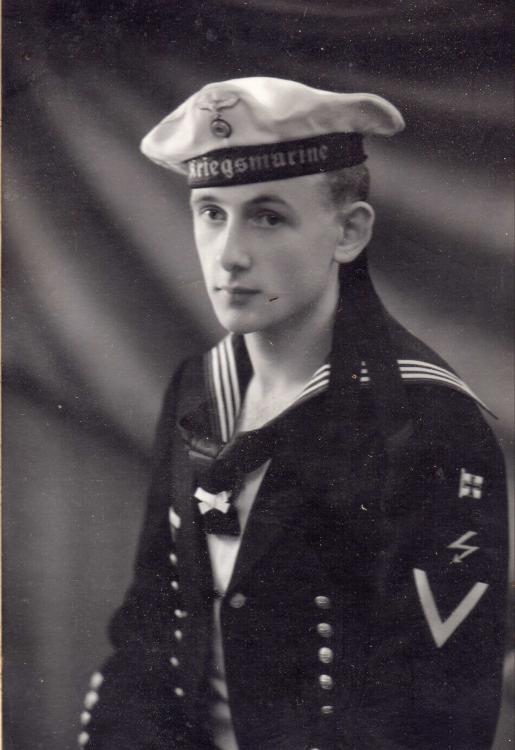
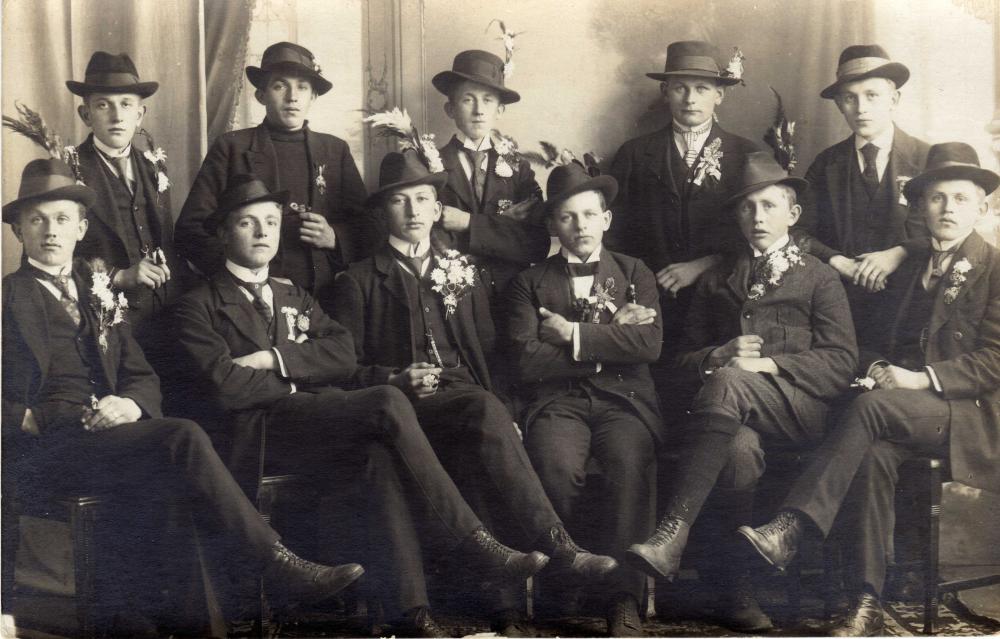
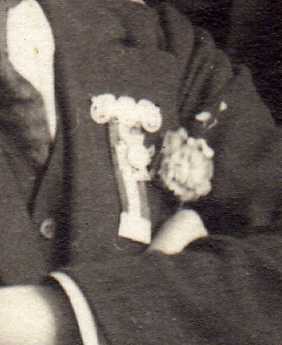
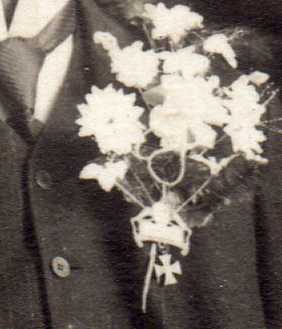
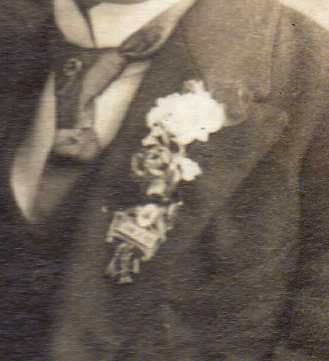


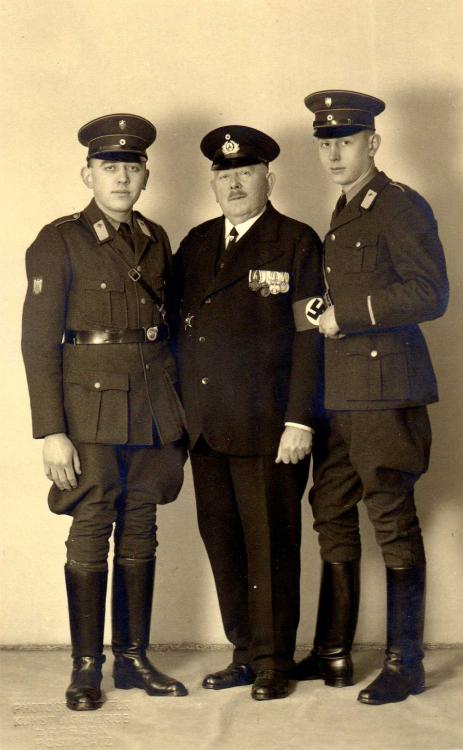
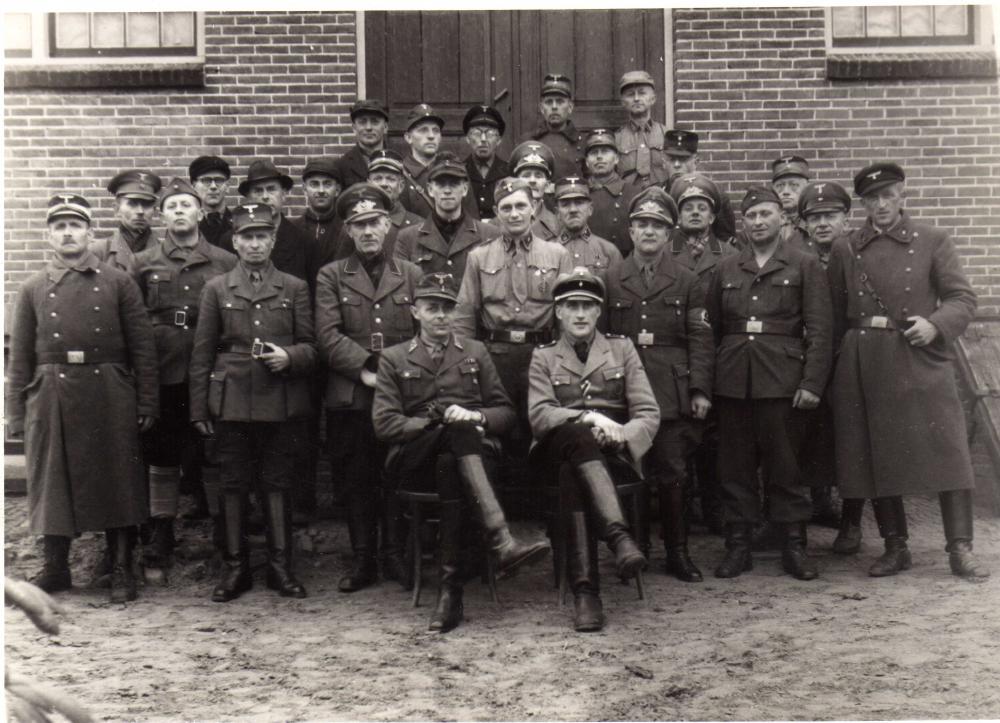

.thumb.jpg.8907d53cedd977bb76c1b0ee47b00e62.jpg)
.thumb.jpg.8630347840cd283d9b90be0735b87c3d.jpg)

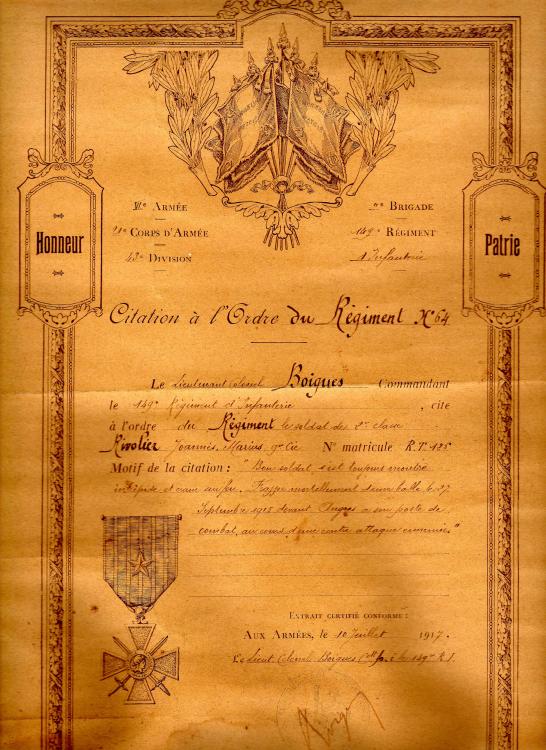
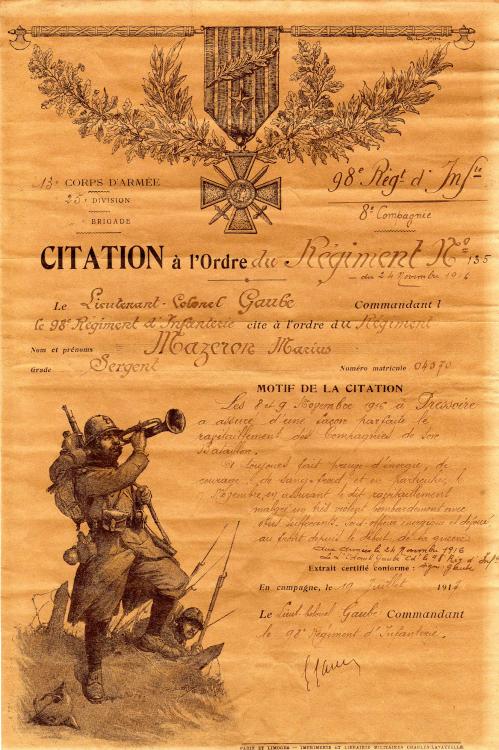
Dutch/German
in Central & Eastern European States
Posted
The Bernhardkzerne was built 1938/39. The 5th Inf. Regt, until 1940, was stationed in the Lodewijkkazerne, at the Leusderweg.
This kazerne was one of 4, all bearing the names of sons of Juliana van Stolberg (Adolf, Hendrik, Lodewijk, Willem) built in a square surrounding a large square 1889-1892.
Enclosed a postcard of the Hendrikkazerne.